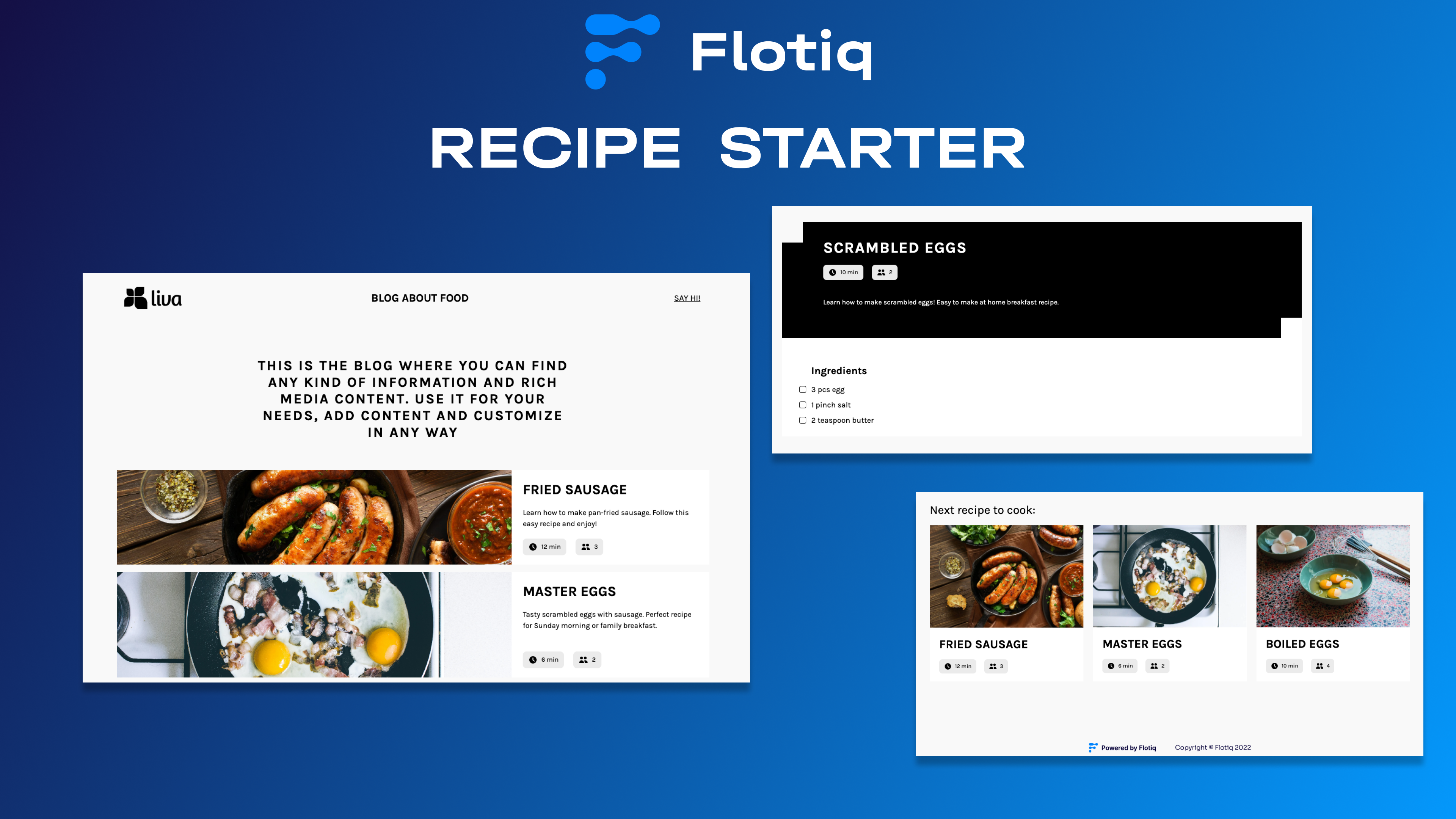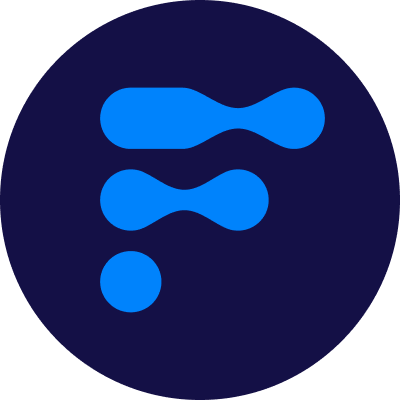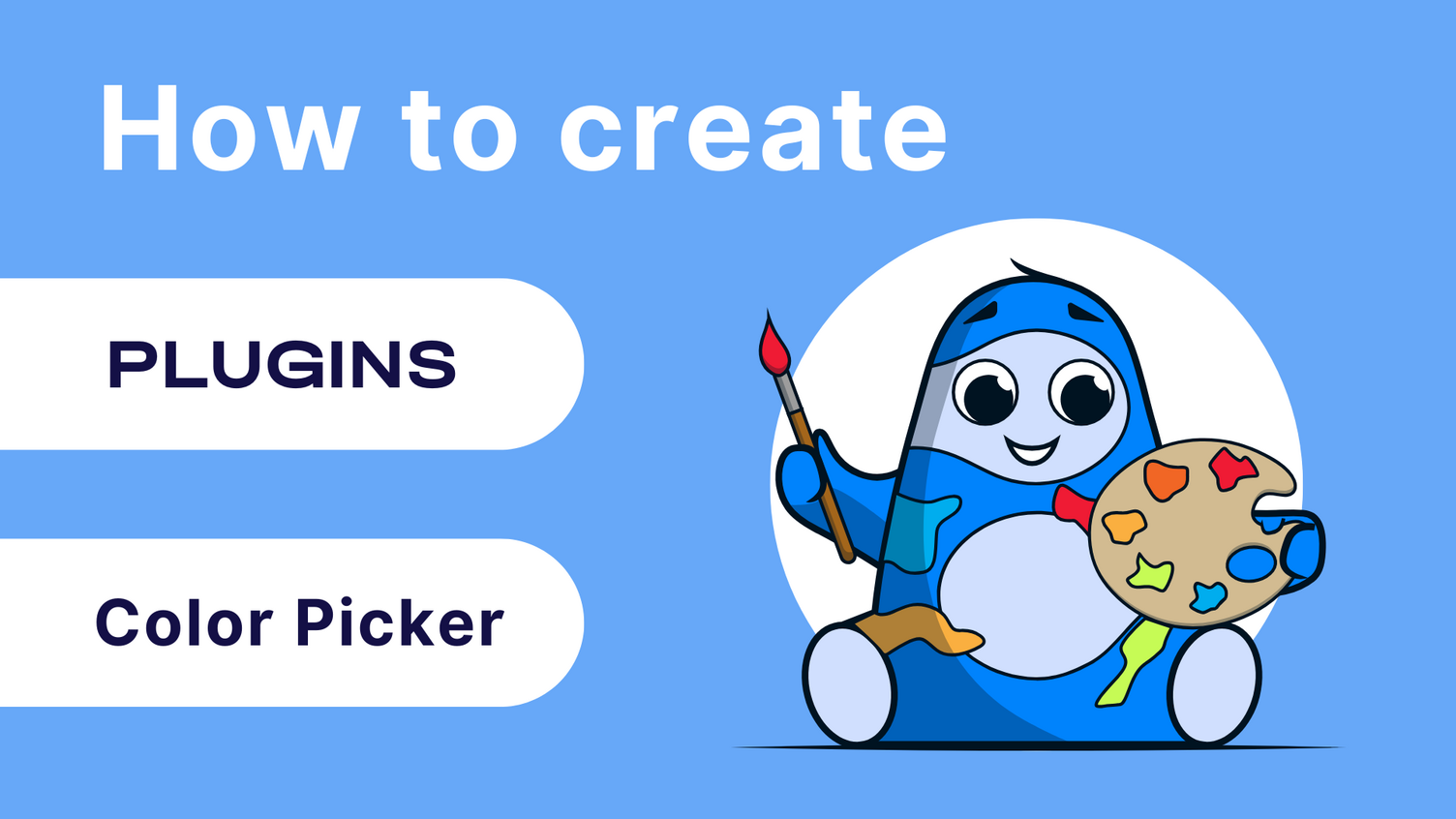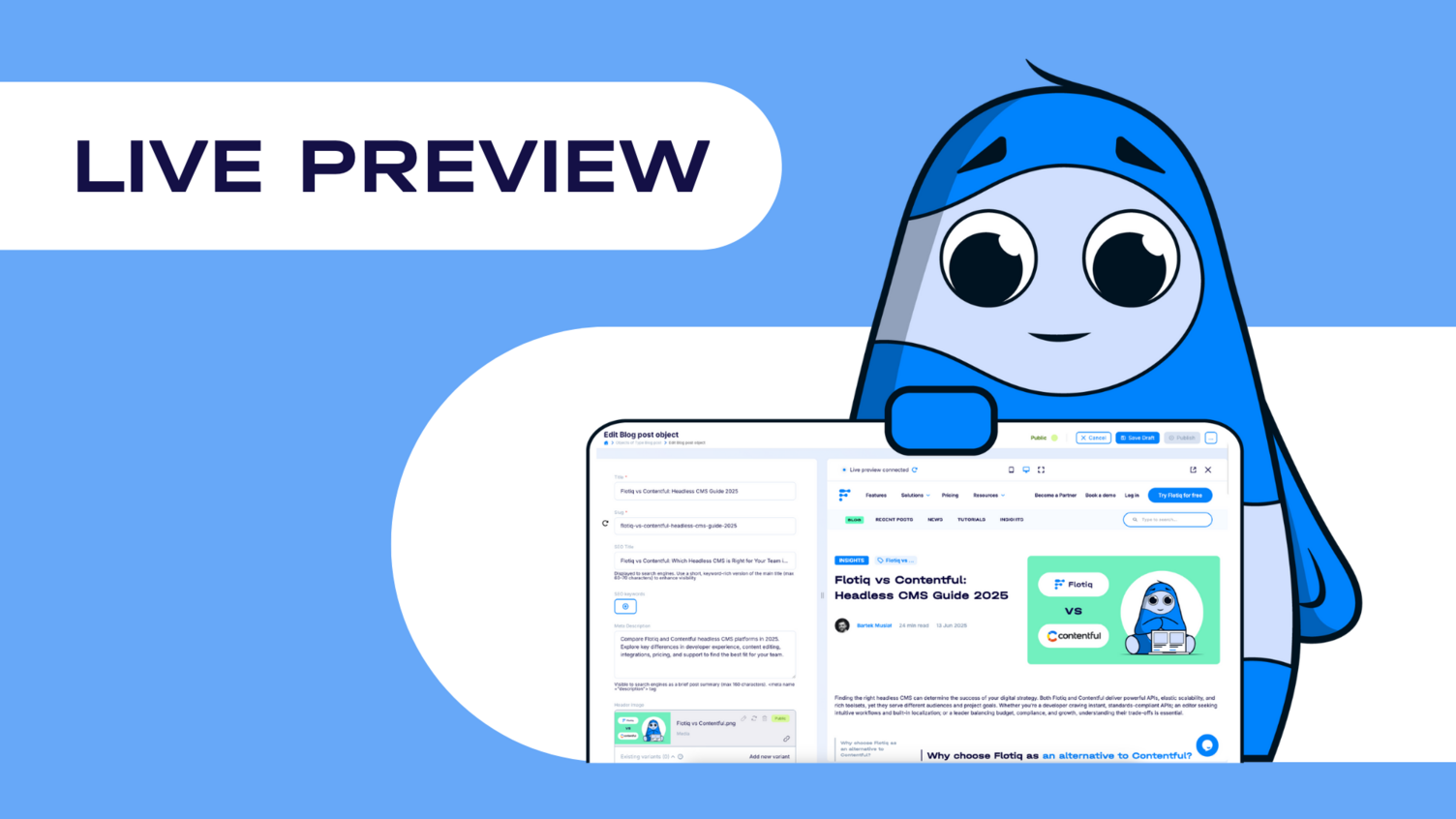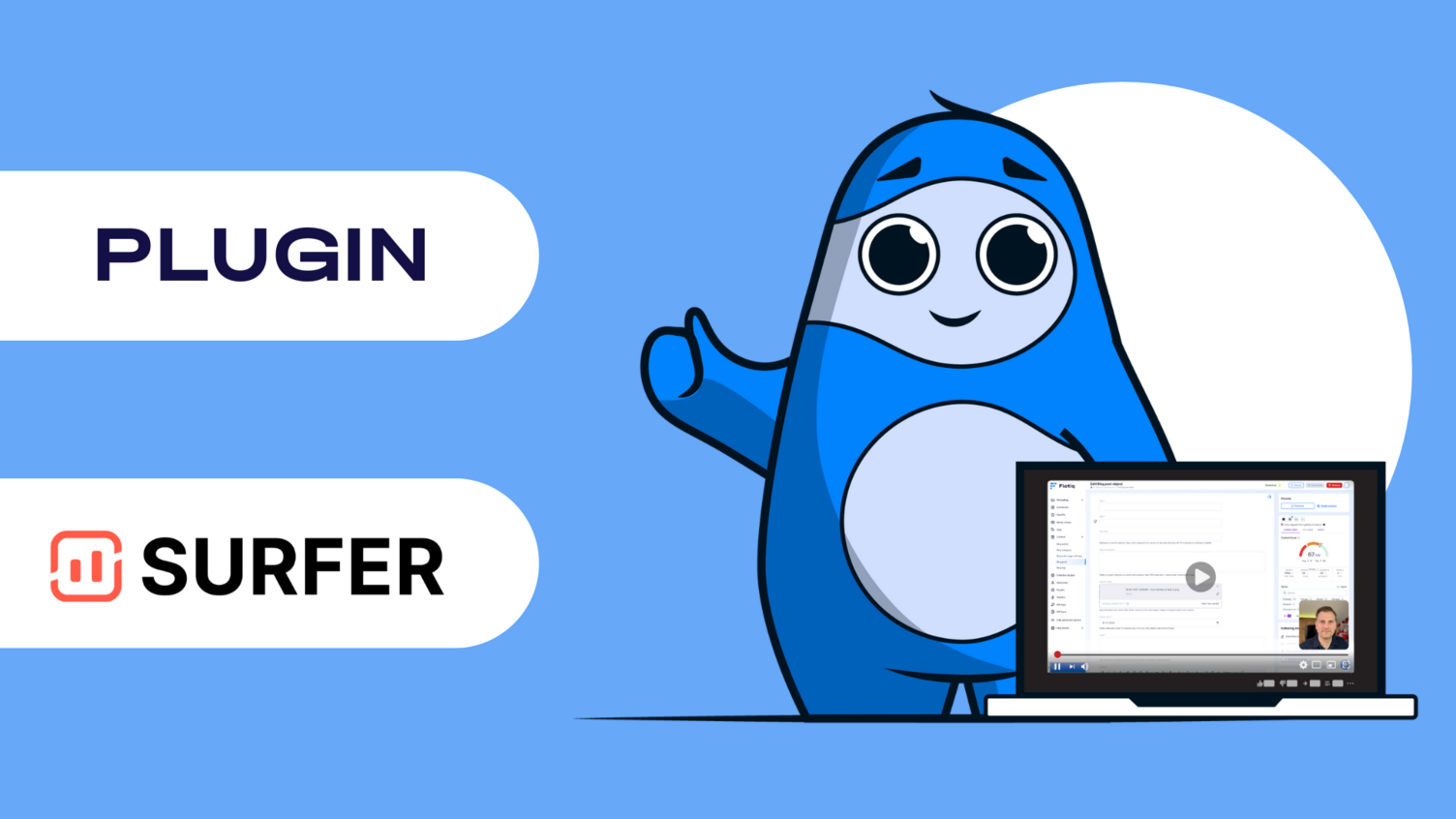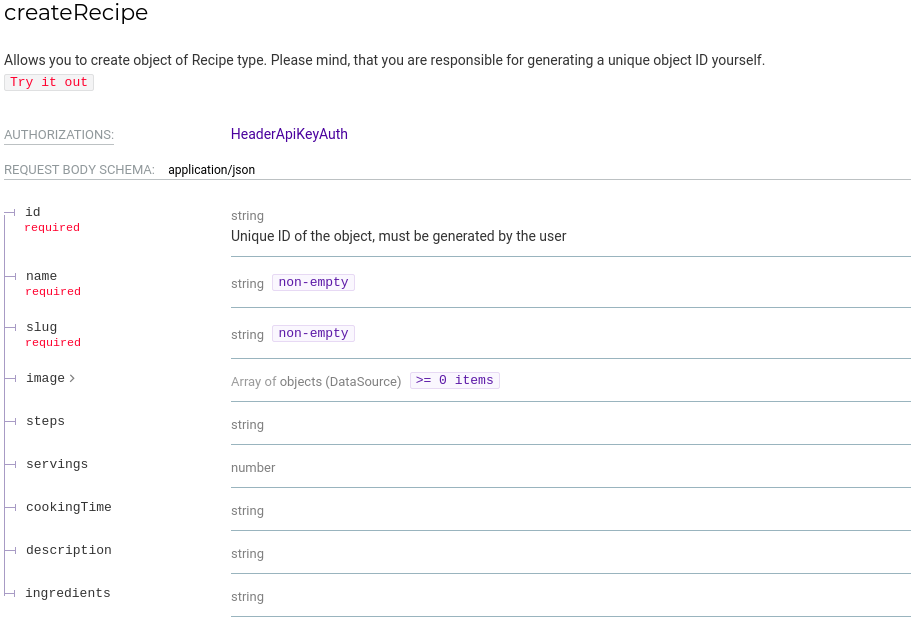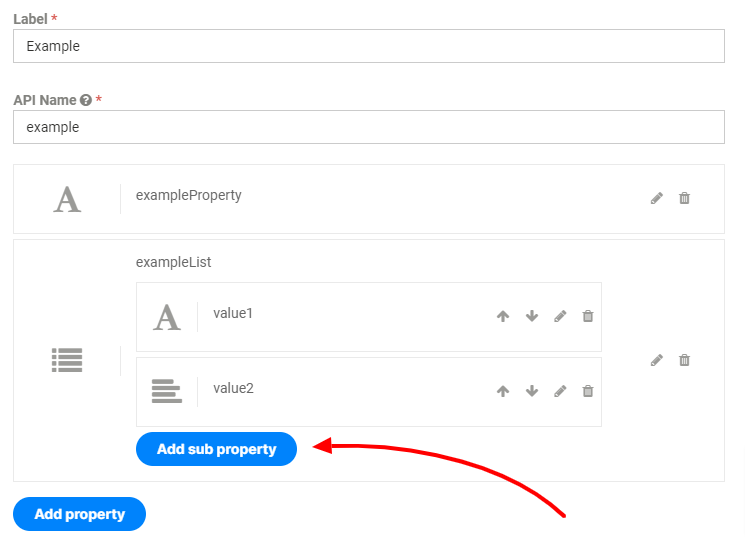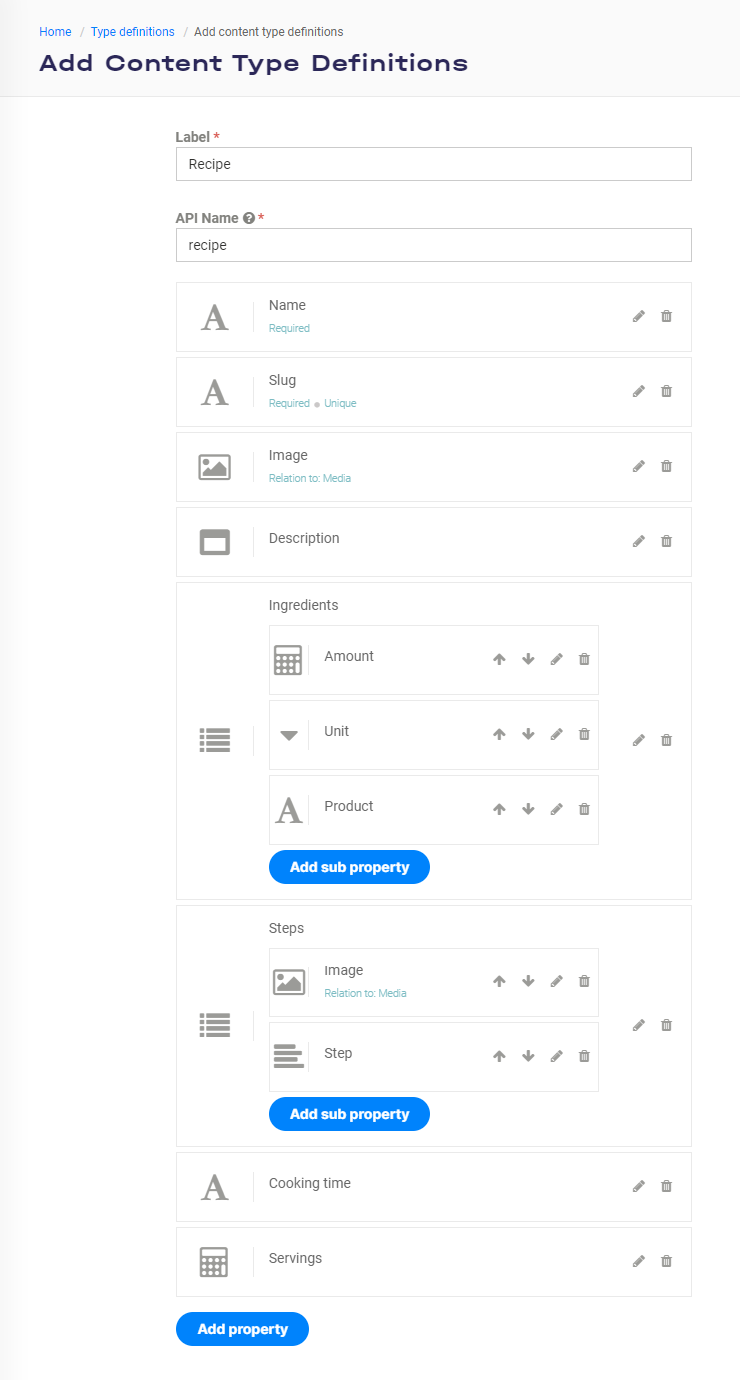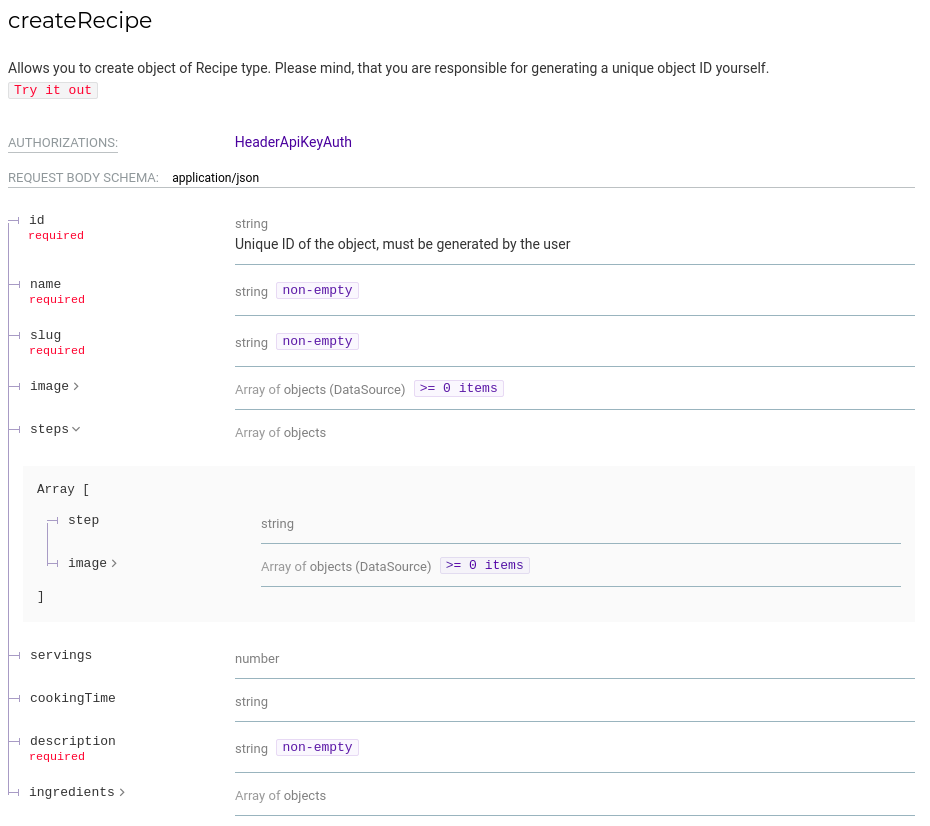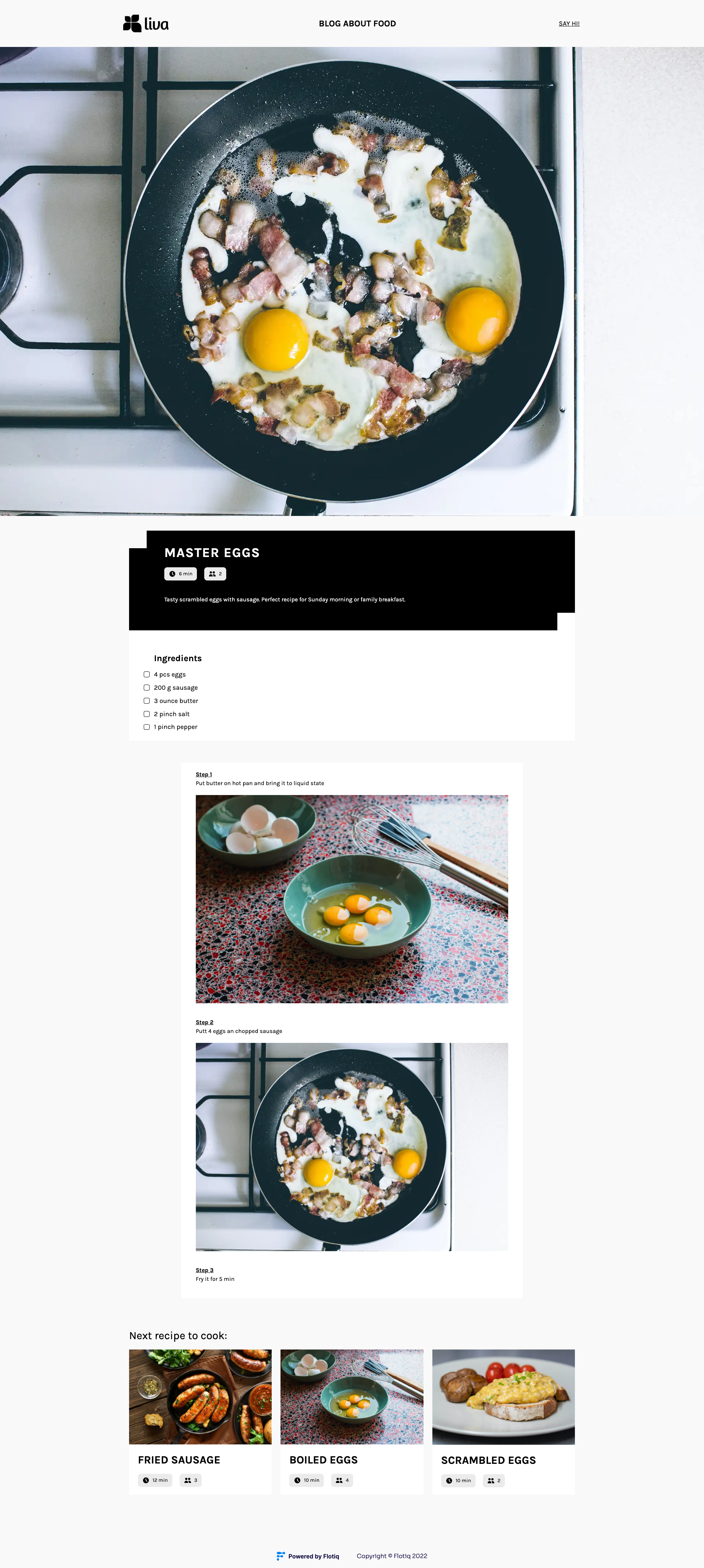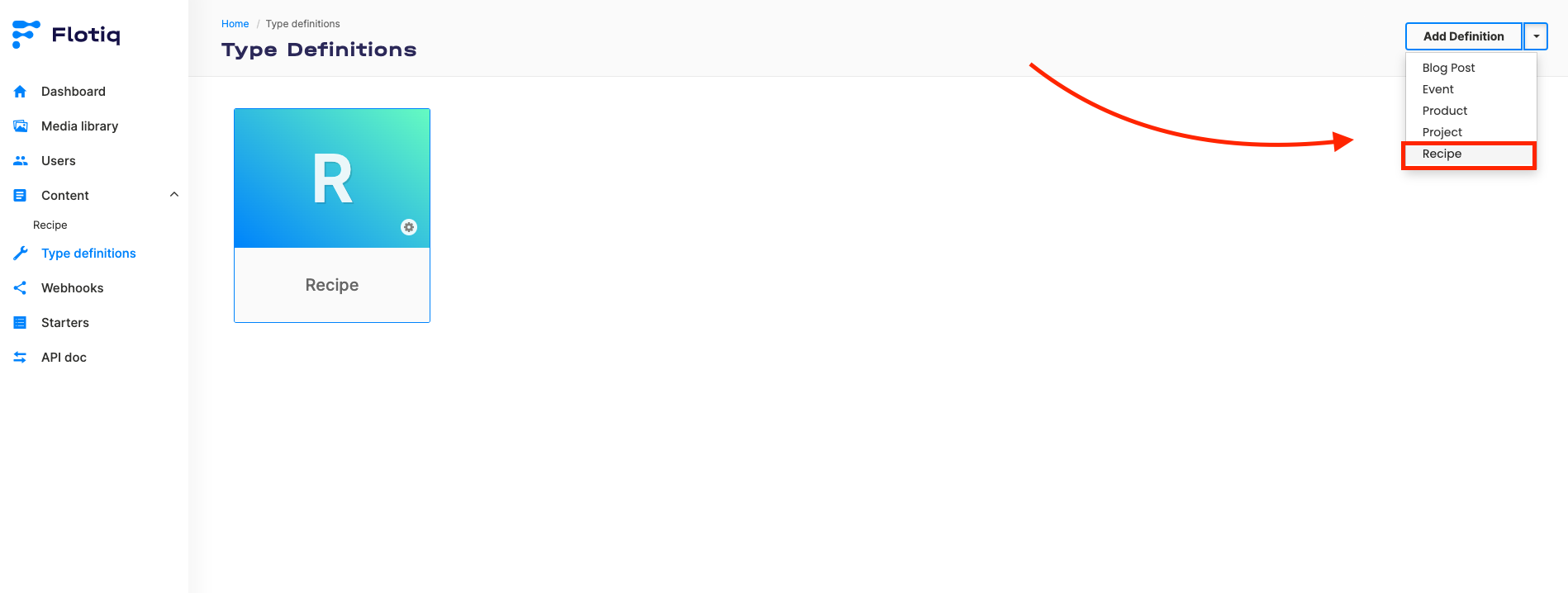Flotiq is API first headless CMS platform - it helps you manage content and create the backend of the project in a fast and easy way. With Flotiq, you can choose your favourite frameworks and backends and perform your tasks more efficiently.
In this article, we introduce you to a recipe website with a modern and attractive layout and discuss a couple of particular problems you might encounter when designing a data model. Simply add recipes to your website and watch it grow! This bright and colourful recipe starter is simple to use and customizable. Perfect for sharing recipes and the joy of cooking.
Features of Flotiq Recipe Starter
- Responsive design using UI kit
- Responsive navigation
- Contact Form created with Flotiq Forms
- Easy to deploy
- Maximised page score
- SEO friendly
- Web fonts - built using font from Google Fonts
Let’s Start!
In this article, we will use Gatsby and Flotiq to create an amazing project, and of course, you can check our Github repo to clone it or make any changes.
In this article, we'll discuss a couple of particular problems you might encounter when designing a data model and later - when working with it. Accidentally - we'll also build a stunning website with your favourite culinary recipes (scrambled eggs, of course!).
A simple Recipe model you might find useful for a recipe website could look like this:
- Name - text
- Slug - text
- Image - image
- Description - rich-text
- Ingredients - rich-text
- Steps - rich-text
- Cooking time - rich-text
- Servings - number
For such a model - Flotiq would generate a form looking like this:
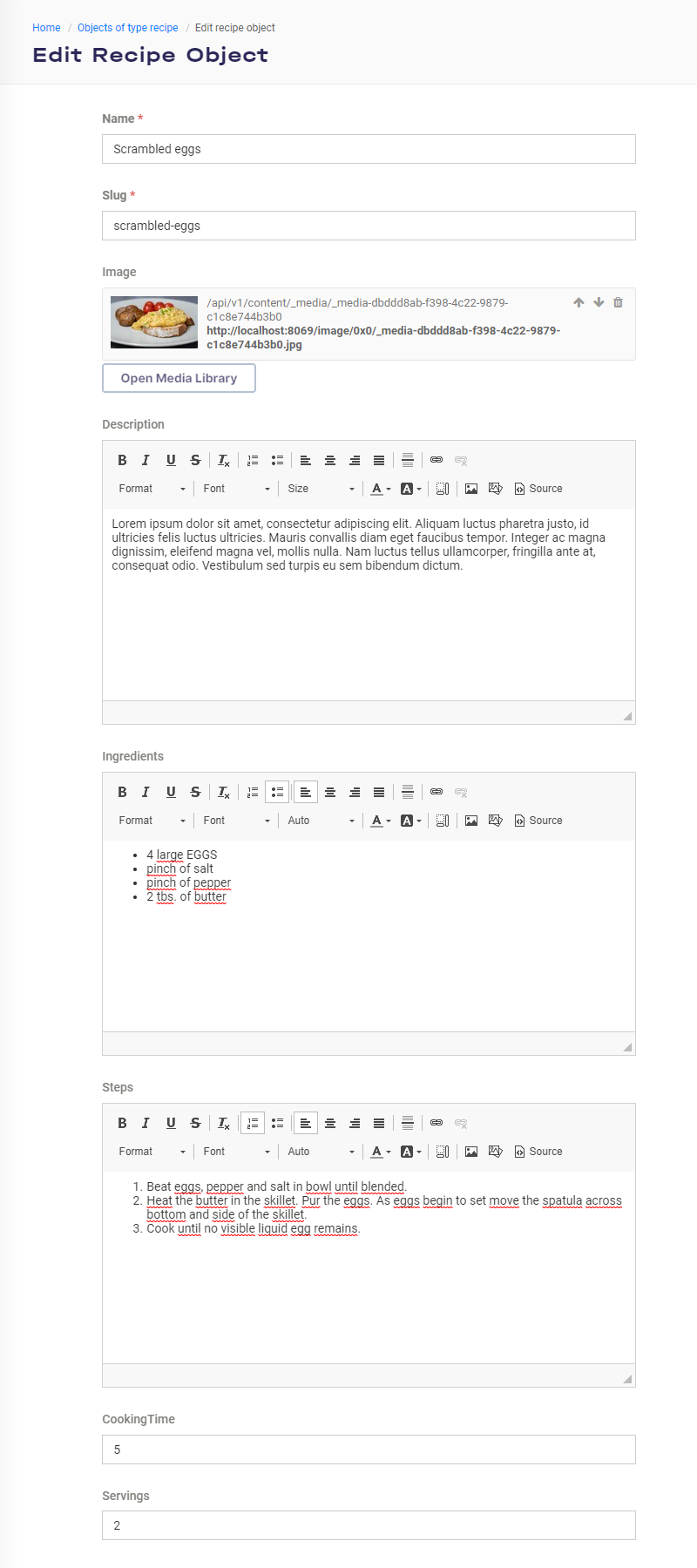
Recipe Object editing data structure
Recipe Object editing data structure
